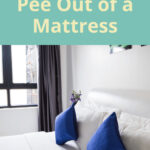If you want to ensure optimal comfort and protection for your mattress, you need to ask yourself the important question: How often should you replace your mattress protector? A mattress protector is essential for protecting your mattress from spills, dirt, dust, and other damaging substances, so it’s important to keep it in good condition. Depending on how much wear and tear it gets, you may need to replace your mattress protector every 6 months to a year.
What Is a Mattress Protector?
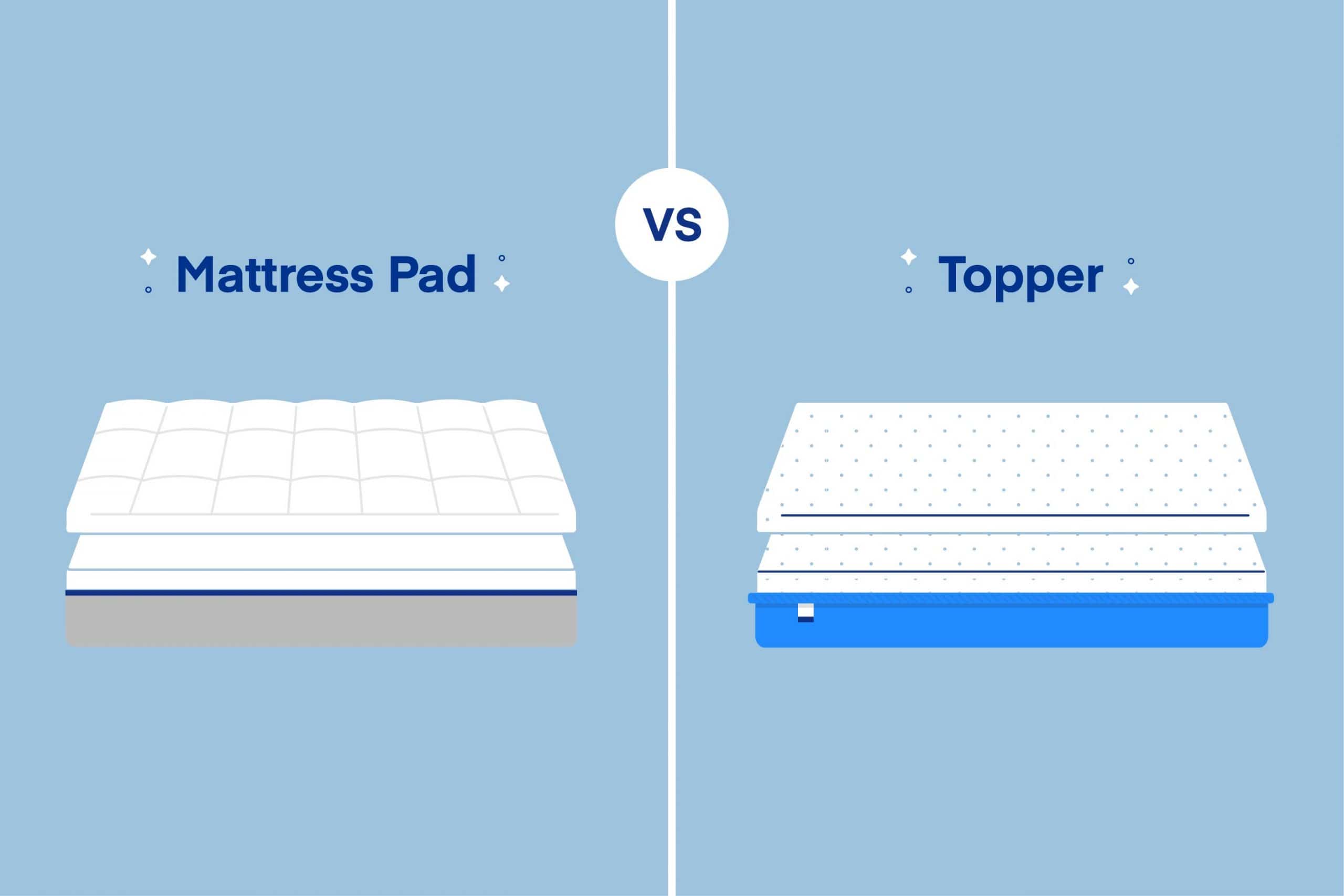
A mattress protector is a thin cover that fits over the top of a mattress, providing protection from dirt, dust, allergens, and spills. It is typically made from a waterproof and breathable fabric, such as polyester, cotton, or vinyl, and is designed to be easily removable and washable. Mattress protectors also provide a layer of cushioning and comfort to the mattress, and can help extend its life by protecting it from wear and tear.
When choosing a mattress protector, it is important to consider how long it will last. Generally, mattress protectors can be expected to last up to five years, depending on their construction and how often they are washed. If you are looking for optimal comfort and protection, it is recommended that you replace your mattress protector every 3-5 years.
What Are the Benefits of a Mattress Protector?
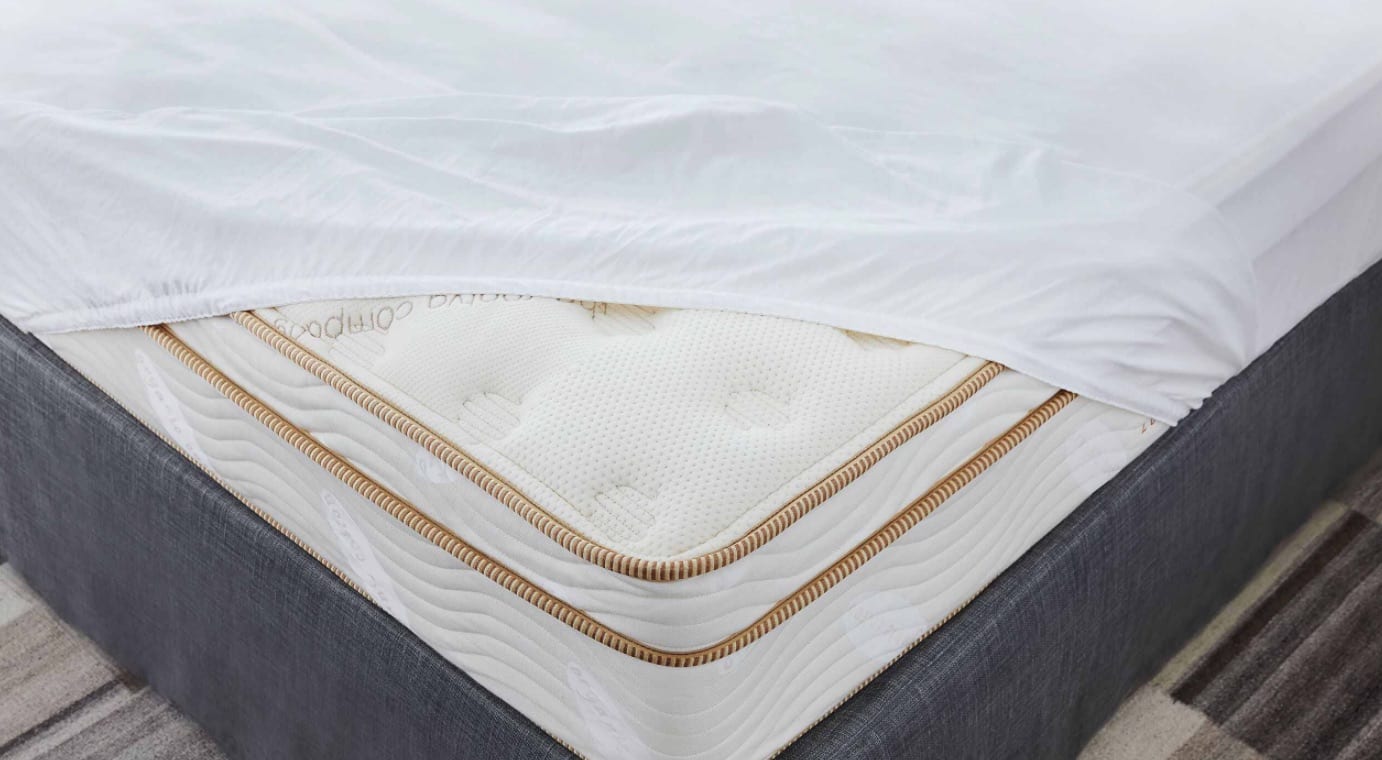
A mattress protector is an essential bedding accessory that helps protect your mattress from dirt, dust, sweat, and other contaminants that can cause wear and tear and reduce its lifespan. Benefits of a mattress protector include:
| Benefit | Description |
|---|---|
| Protection | A mattress protector will protect your mattress from spills and stains, and help to keep it clean and in good condition. |
| Durability | A mattress protector will also help to extend the life of your mattress by protecting it from wear and tear. |
| Comfort | Many mattress protectors are made from breathable materials, making them comfortable to sleep on, and helping to regulate your body temperature. |
| Allergy relief | Mattress protectors are often made from allergen-resistant materials, which can help to relieve allergy symptoms. |
Not only do mattress protectors offer superior protection and comfort, they are also easy to clean, making them a great choice for anyone looking to get the most out of their mattress.
How Long Do Mattress Protectors Last?
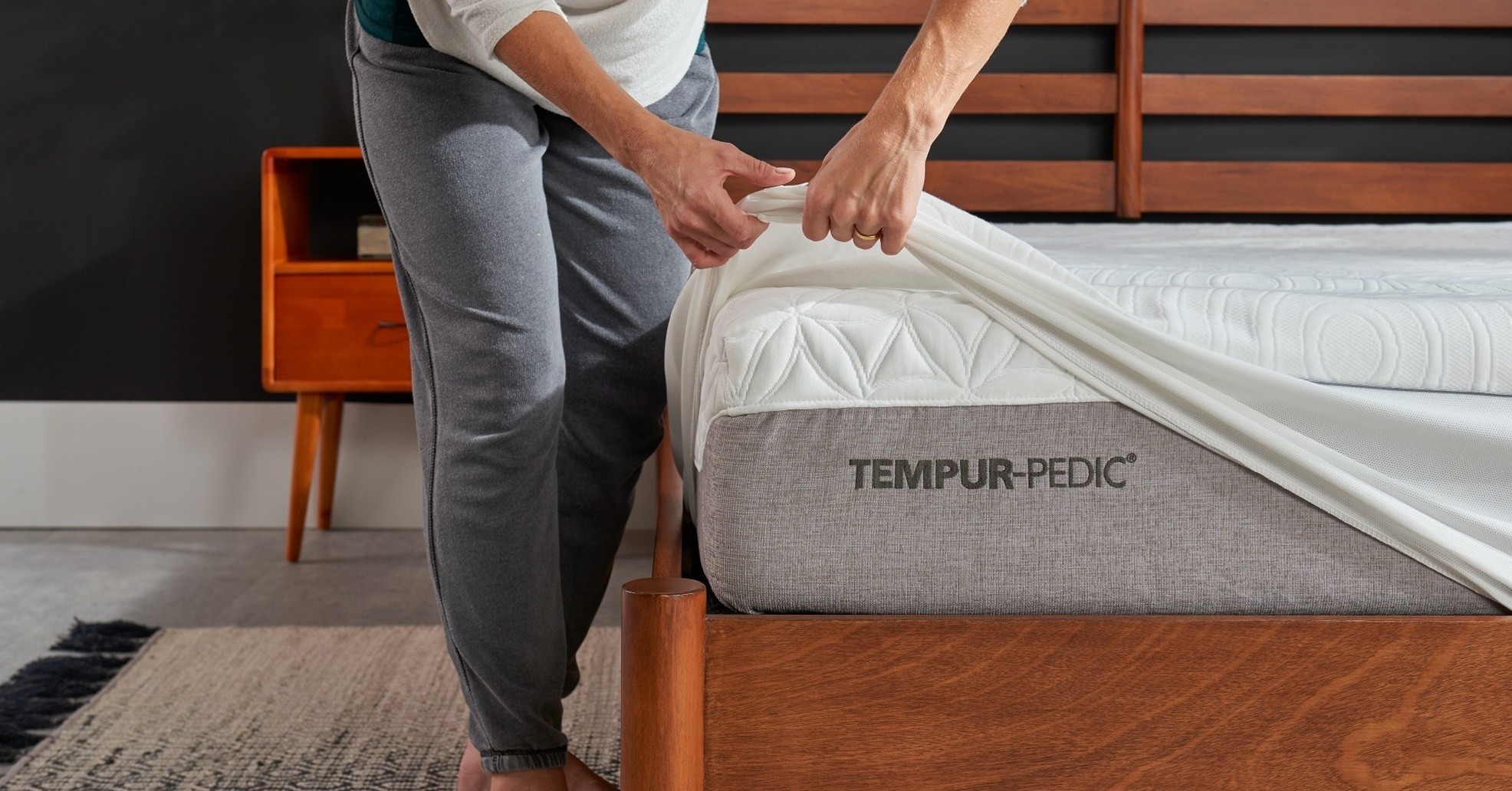
Mattress protectors are designed to last for years, but how long they last depends on how often they are used and how well they are cared for. Generally, they should be replaced every two to three years, or sooner if they become stained or torn. Here are some tips to help make your mattress protector last longer:
- Change your sheets regularly: Change your sheets and mattress protector every 1-2 weeks. This will help reduce the amount of dirt, dust and allergens that build up over time.
- Wash regularly: Wash your mattress protector according to the manufacturer’s instructions. This will help remove any built up dirt, dust, and allergens. It will also help to remove any stains that may have built up.
- Replace when needed: If your mattress protector becomes torn or stained, replace it as soon as possible. This will help to ensure your mattress remains protected from dirt, dust, and allergens.
By following these tips, you can help your mattress protector last longer and ensure your mattress remains as clean and comfortable as possible. So, how often should you replace your mattress protector for optimal comfort and protection? Generally, mattress protectors should be replaced every two to three years or sooner if they become stained or torn.
When Should You Replace Your Mattress Protector?
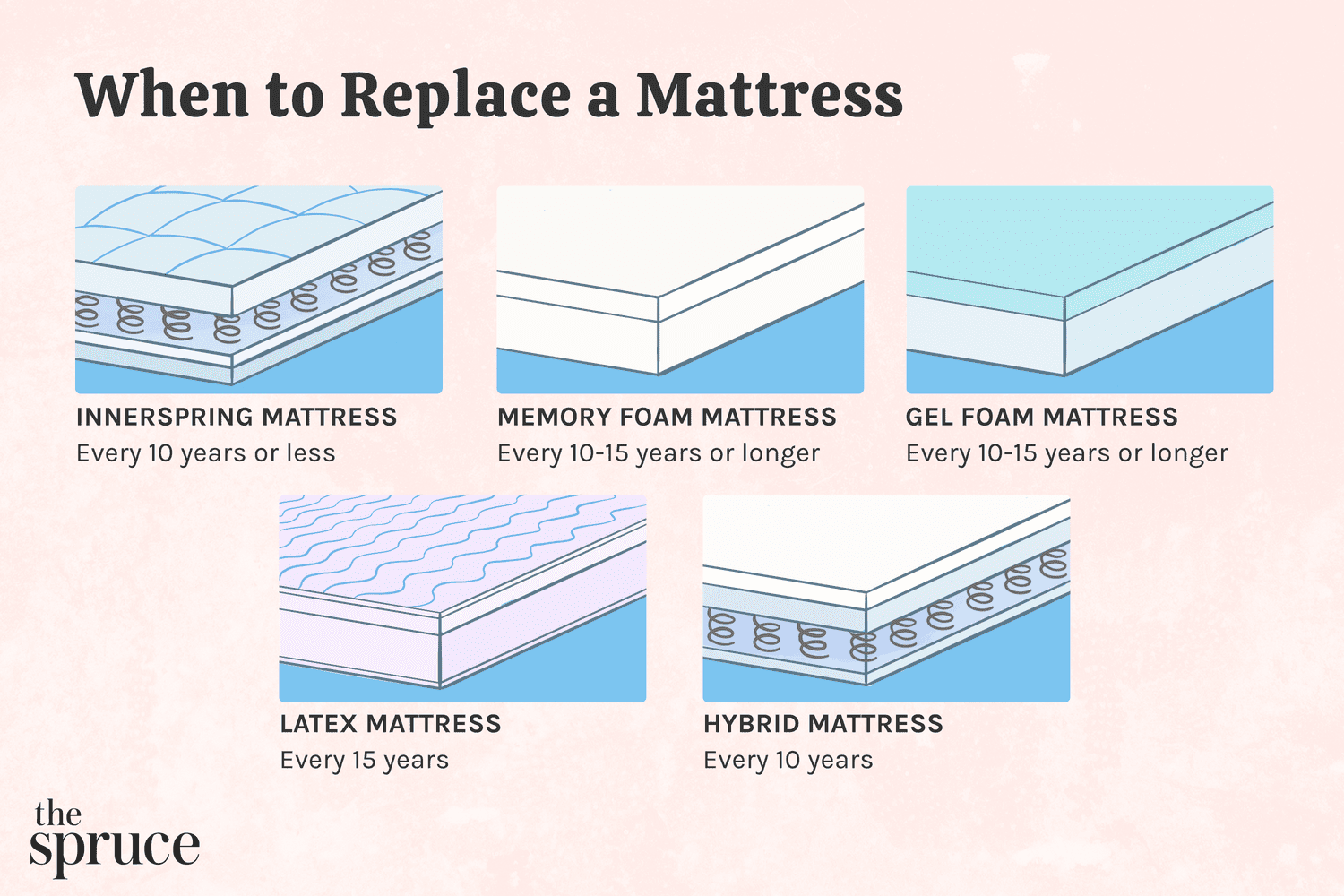
| Usage Frequency | Replacement Frequency |
|---|---|
| Daily | Every few months |
| Weekly | Every six months |
| Occasionally | Every year |
The frequency of replacing your mattress protector depends on how often you use it. Generally, a mattress protector should be replaced every few months when used daily, every six months when used weekly, and once a year when used occasionally.
Signs Your Mattress Protector Needs Replacing
When a mattress protector starts to show signs of wear and tear, it’s time to replace it. Signs that you need a new mattress protector include:
- Faded color
- Stains
- Tears or holes
- A musty smell
Replacing your mattress protector regularly will ensure optimal comfort and protection.
Considerations When Buying a Mattress Protector
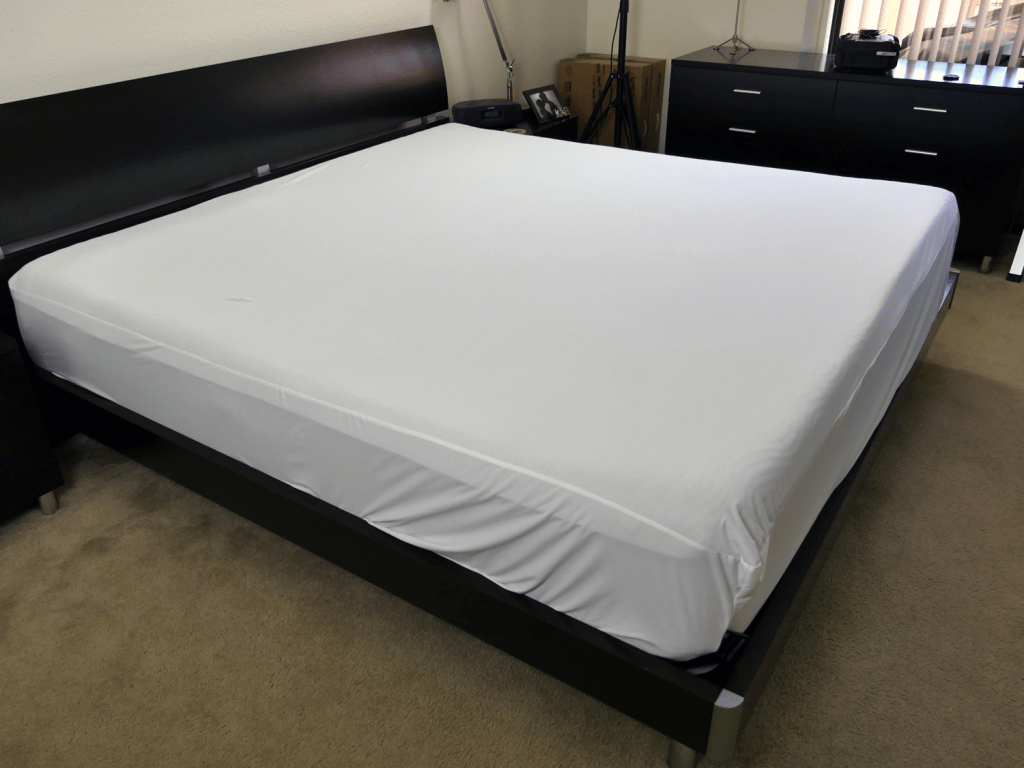
When looking for a mattress protector, the material is key. Look for a protector that is made of waterproof or moisture-wicking material, such as cotton, polyester, or a combination of both. Polyester is best for preventing dust mites, while cotton is better for keeping spills and stains from seeping in. Additionally, breathable materials are important in keeping your mattress cool and comfortable while you sleep.
Another factor to consider is the size of the mattress protector. It should fit snuggly over the mattress, without bunching or slipping off. Additionally, look for mattress protectors that have a secure elastic band around the edges to keep the protector in place.
Finally, it is important to consider the type of mattress protector you need. If you are looking for a protector to protect your mattress from dust mites, allergens, and bacteria, then you will want an encasement protector. These protectors fully encase the mattress, creating a barrier between you and any allergens or bugs. However, if you are looking for something to protect from spills and stains, then a waterproof protector is your best bet. These protectors are usually fitted sheet style, and can be easily removed and washed.
When it comes to finding the right mattress protector for your needs, it is essential to do your research and choose the one that best fits your needs. By considering the material, size, and type of protector, you will have the best chance of finding the right one for optimal comfort and protection.
Types of Mattress Protectors
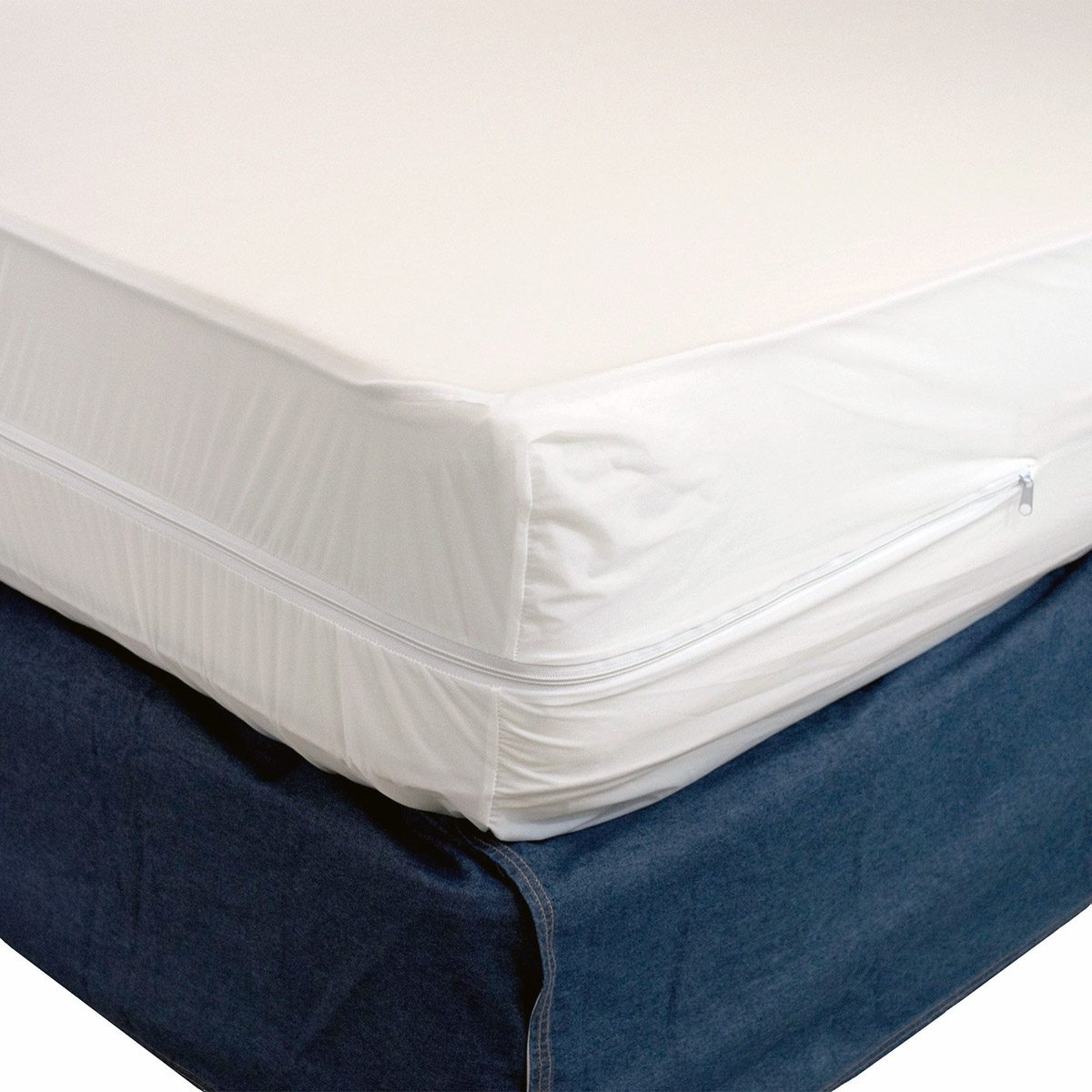
Mattress protectors come in a variety of styles and materials to best suit your needs. Below are some of the most common types of mattress protectors:
| Type | Description |
|---|---|
| Fitted sheet | A fitted sheet style mattress protector is designed to go over the top of your mattress like a fitted sheet. It is usually made from cotton or polyester and can be machine washed. |
| Encasement | An encasement style mattress protector is designed to completely encase the mattress, including the sides and bottom. It is usually made from a waterproof fabric and can be wiped down or machine washed. |
| Pillow protector | A pillow protector is designed to protect your pillows from dust mites, allergens, and spills. It is usually made from a waterproof fabric and can be wiped down or machine washed. |
| Mattress pad | A mattress pad is designed to provide additional cushioning and comfort to your mattress. It is usually made from cotton, wool, or synthetic fibers and can be machine washed. |
| Waterproof protector | A waterproof protector is designed to protect your mattress from spills and other liquids. It is usually made from a waterproof fabric and can be wiped down or machine washed. |
Each type of mattress protector has its own unique benefits and can help to keep your mattress clean and comfortable for years to come. Be sure to choose the one that best suits your needs and budget.
Cleaning Your Mattress Protector
For optimal comfort and protection, it is essential to keep your mattress protector clean. Depending on the material, mattress protectors are typically machine washable and can be washed with your other bedding. It is recommended to use cold water and a mild detergent, and to tumble dry it on a low heat setting. Make sure to read the care instructions on the label before washing your mattress protector.
If your mattress protector is not machine washable, spot cleaning is an option. Use a damp cloth to gently spot clean any soiled areas and then leave the mattress protector to air dry.
Dust mites, allergens, and pet dander can easily accumulate in your mattress protector, so it is important to regularly vacuum it to remove these irritants. Additionally, it is a good idea to periodically shake out your mattress protector and then hang it outside in the sun to freshen it up.
Frequently Asked Questions
What Type of Mattress Protector Should I Buy?
When choosing a mattress protector, the material and thickness are key factors to consider. Mattress protectors are typically made from cotton, polyester, or a combination of the two. Cotton is generally more breathable and comfortable, but polyester is more waterproof and durable. Thicknesses range from thin to ultra-thick, depending on the level of protection desired. For optimal comfort and protection, a mid-thickness mattress protector with a combination of cotton and polyester is recommended.
How Long Should a Mattress Protector Last?
A mattress protector should last for up to five years before it needs to be replaced. Depending on the material and quality of the mattress protector, it may need to be replaced sooner. Regular washing and keeping it free from dust and dirt will extend its life. When replacing a mattress protector, make sure to choose one that is designed to fit the mattress and offers the same level of protection and comfort.
Can I Wash My Mattress Protector?
Yes, most mattress protectors are machine-washable and should be washed every few months to maintain optimal comfort and protection. Use cold water and a gentle cycle, and ensure the protector is completely dry before its next use.
What Features Should I Look For When Purchasing a Mattress Protector?
- Material: Look for mattress protectors made of breathable, lightweight fabrics like cotton, polyester, or a blend of both. They should be free of harsh chemicals and allergens.
- Size: Make sure the mattress protector you are purchasing is the right size for your mattress. Check the measurements before you buy.
- Fit: Look for mattress protectors with adjustable straps or elastic bands to ensure a snug fit on your mattress.
- Waterproof: Ensure your mattress protector has a waterproof layer to help protect against spills and accidents.
- Machine Washable: Look for mattress protectors that are machine washable for easy cleaning and maintenance.
- Breathability: Look for mattress protectors with breathable materials to ensure moisture is wicked away from your body.
How often should I change my mattress protector?
Generally, mattress protectors should be changed every two to three years. It is recommended to replace them more often if they are heavily soiled or stained. Here are some tips to help you decide when to change your mattress protector:
- Check your mattress protector periodically for signs of wear and tear.
- If you notice visible signs of wear and tear or if it’s been two to three years since you last changed it, replace it.
- If your mattress protector gets heavily soiled or stained, replace it immediately.
- If you have pets, consider changing your mattress protector more frequently.
Replacing your mattress protector regularly will help to ensure optimal comfort and protection.
Conclusion
The frequency of replacing a mattress protector depends on the type of protector and the use it gets. Generally, mattress protectors should be replaced every two to five years to ensure optimal comfort and protection. However, if the protector is used frequently and washed regularly, it should be replaced more often.


